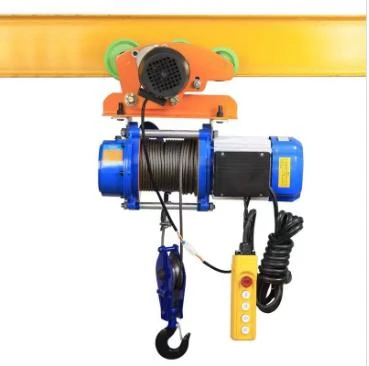


Understanding Fall Arresters Essential Safety Gear for Work at Heights
In various industries, especially construction, maintenance, and rescue operations, the safety of workers is paramount. One of the critical components of personal protective equipment (PPE) designed to prevent severe injuries from falls is the fall arrester. This article delves into what fall arresters are, how they function, and their significance in ensuring workplace safety.
What is a Fall Arrester?
A fall arrester is a device that is designed to stop a fall in progress and prevent the individual from hitting the ground. These devices are typically used in conjunction with safety harnesses and other forms of fall protection systems. Fall arresters can vary significantly in design, but they all serve one fundamental purpose to protect a worker from fall-related injuries.
How Do Fall Arresters Work?
Fall arresters operate by utilizing a mechanism that engages when a fall occurs. The most common types of fall arrest devices include self-retracting lifelines (SRLs) and shock-absorbing lanyards.
- Self-Retracting Lifelines (SRLs) These devices feature a retractable lanyard that allows for freedom of movement while always remaining attached to an anchor point. When a fall occurs, the SRL’s braking system engages within milliseconds, locking the cable and preventing the worker from descending too far. This rapid response is crucial in minimizing the risk of injury.
- Shock-Absorbing Lanyards These lanyards are designed to elongate and absorb the energy generated during a fall. By reducing the force exerted on a worker's body, they play a vital role in minimizing impact injuries.
Both types of fall arresters must be carefully integrated into a comprehensive fall protection system, which may also include guardrails, safety nets, and positioning systems.

The Importance of Using Fall Arresters
The importance of fall arresters cannot be overstated. According to the Occupational Safety and Health Administration (OSHA), falls are among the leading causes of fatalities and serious injuries in the workplace, particularly in construction. Implementing a reliable fall arrest system can drastically reduce these risks.
1. Protection Against Falls The primary function of fall arresters is to protect workers from falling from heights. Whether working on rooftops, scaffolding, or elevated platforms, these devices offer a safety net.
2. Compliance with Regulations Many countries have stringent regulations regarding workplace safety. Utilizing fall arresters not only protects workers but also helps employers comply with legal requirements, avoiding potential fines and legal issues.
3. Worker Confidence and Productivity Knowing that effective fall protection measures are in place allows workers to focus on their tasks without the constant worry of falling. This confidence can lead to enhanced productivity and a better work environment.
4. Training and Familiarization Education regarding the proper use of fall arresters is crucial. Workers must be trained to use these devices correctly to ensure their effectiveness. This includes understanding how to inspect, maintain, and wear fall arrest equipment properly.
Conclusion
In conclusion, fall arresters play a vital role in safeguarding workers who operate at heights. These devices are engineered to prevent severe injuries and fatalities resulting from falls, thereby enhancing overall workplace safety. As the demand for high-altitude labor continues to grow across various sectors, investing in high-quality fall arrest systems and proper training will remain essential.
Ensuring that fall arresters are an integral part of a company’s safety protocol not only protects lives but also fosters a culture of safety and responsibility. In an industry where the stakes are high, a robust fall protection system is not just recommended but required for the safety and well-being of every worker.



